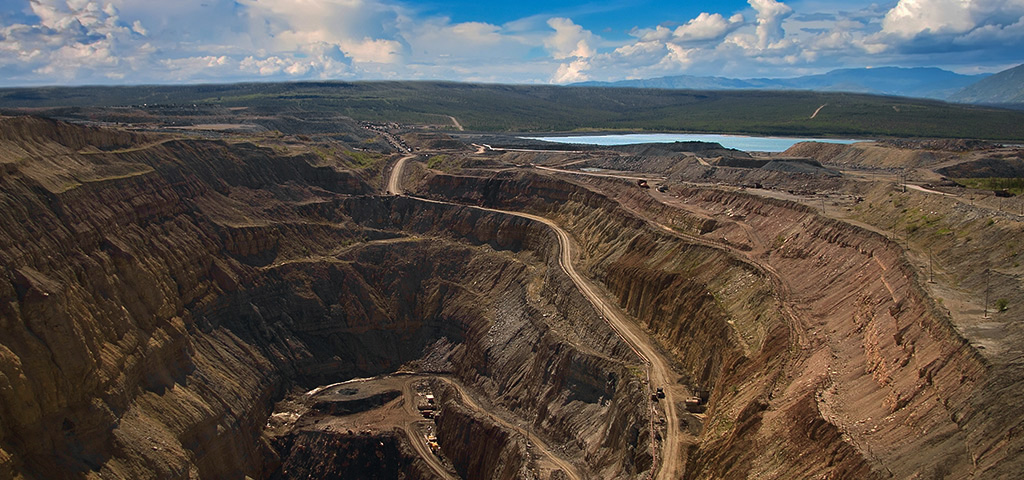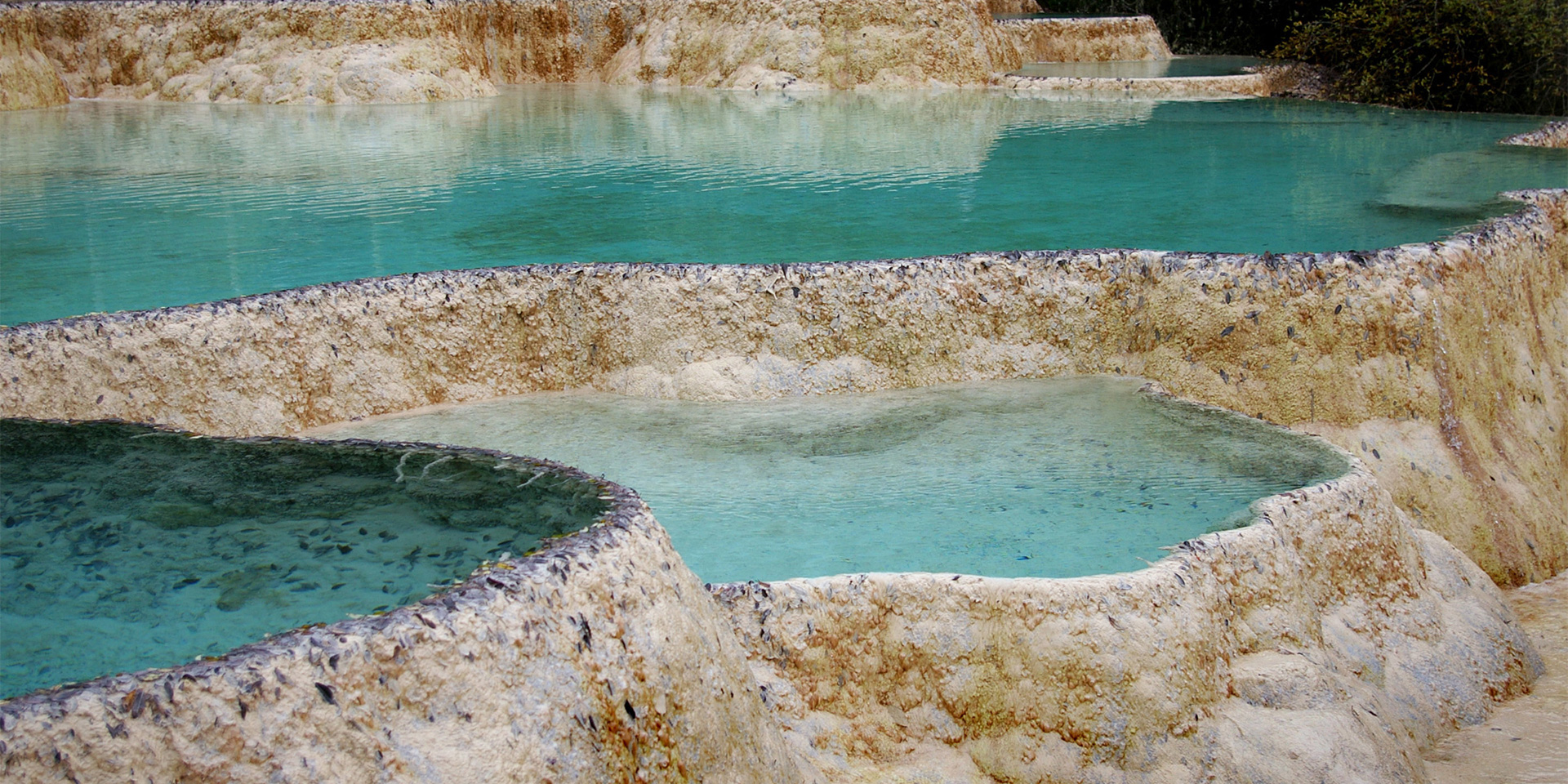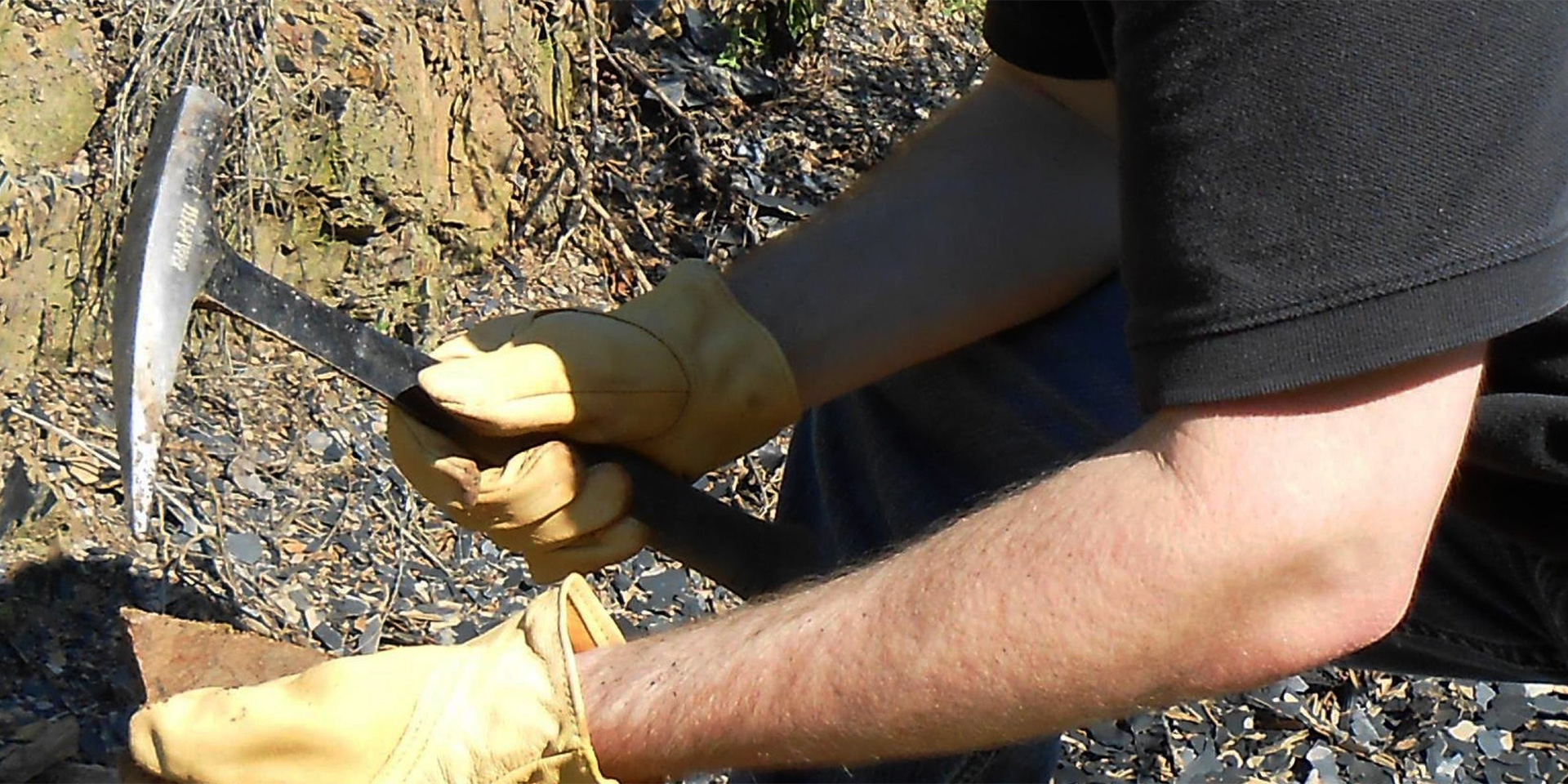Understanding and managing your medical debts can save your bank account from garnishment. If you fail to pay a medical bill, the creditor can get a court order to garnish your bank account, which could affect your financial health. To avoid this, it’s vital to keep track of your debts, consistently checking your credit report on trusted third-party platforms like IdentityIQ.
To safeguard your bank account from medical bill garnishment, take preemptive measures. Start by negotiating a payment plan with your healthcare provider that fits within your budget. And if you’re in a financial bind, reach out to organizations that provide financial assistance. Remember, if your spouse’s name is linked to your account, they could also be affected by the garnishment. As a preventive measure, maintain separate finances and regularly review your credit reports for any unpaid bills or collections.
In the case of suspected errors in your medical bills, challenge them within a month. It’s important to verify that the collection agency adheres to the required legal steps to secure a court judgment for garnishment since not all cases result in bank account garnishment. Because of the complexities of medical debts, seeking advice from a legal professional is a wise move — they can help you navigate the legal landscape, ensuring that your rights and financial stability are maintained.
Understanding Tourelithis: What Does It Tell Us About Geological Discoveries?
Tourelithis is a unique rock formation that tells us a lot about geological discoveries. This rock formation is known for its distinct layers and composition, which give us valuable information about past geological processes. By studying tourelithis, geologists can gain a better understanding of the Earth’s history and how different events have shaped the landscape.
The layering in tourelithis can indicate specific geological events or processes. These layers are made up of different sedimentary deposits that have formed over time. By studying the composition of these layers, geologists can determine what materials were present in the environment, like minerals or organic matter. This information gives us insights into past climate conditions, ancient ecosystems, and even events like volcanic eruptions or floods.
Tourelithis also helps geologists determine the geological age of a particular area. By using radiometric dating techniques, scientists can date the rocks that make up tourelithis and get an approximate age for the formation. This age information is important for understanding the geological history of the region and how it relates to other nearby geological features.
In conclusion, tourelithis plays a crucial role in our understanding of geological discoveries. Its distinct layers and composition provide insights into past geological events, ancient environments, and the age of specific areas. By studying tourelithis, geologists can piece together the puzzle of the Earth’s history and gain a deeper understanding of how our planet has evolved over time.

How To Decode Tourelithis In Geological Research: A Comprehensive Guide
To make sense of “tourelithis” in the realm of geological discoveries, it’s crucial to grasp its importance in geological research. Tourelithis refers to a specific type of preserved tiny organism that can be found in sedimentary rocks. These microorganisms hold significant value as they offer insights into past environments and climate patterns.
Through careful analysis of the distribution and abundance of tourelithis in geological samples, researchers can reconstruct past marine ecosystems and track alterations in sea levels. Moreover, the presence of certain tourelithis species can act as an indication of the age of sedimentary layers, aiding in the establishment of a geological timeline.
Decoding the secrets of tourelithis calls for expertise in the fields of paleontology and sedimentology. Researchers must meticulously examine and document the physical features of these microorganisms in order to identify their species and comprehend their ecological importance. This process involves utilizing specialized microscopy techniques and comparing fossil samples to existing databases and taxonomic keys.
Understanding the significance of tourelithis in geological research presents us with valuable insights into Earth’s historical events and the mechanisms that have shaped our planet across millions of years. By unraveling the mysteries of these fossilized microorganisms, scientists are better equipped to comprehend past environments and employ this knowledge to predict future climate changes.
Key Tips For Interpreting The Role Of ‘Tourelithis’ In Geological Findings
When we’re trying to interpret the role of ‘tourelithis’ in geological findings, there are a few important things we need to remember. First off, ‘tourelithis’ is a pretty rare mineral that’s usually found in sedimentary rocks. Its presence can actually tell us a lot about the geological processes and conditions that happened in the past. But in order to really understand what it means, we’ve gotta take a close look at the surrounding geological context and compare it to what we already know about ‘tourelithis’.
Now, one thing we know for sure is that ‘tourelithis’ is connected to ancient marine environments. So when we see it in sedimentary rocks, it’s a pretty good sign that those rocks used to be part of a seabed or shoreline. And if we study the type and distribution of ‘tourelithis’ within those rock layers, we can learn some really important stuff about the past marine environments. We’re talking about things like how deep the water was, how fast sediment was building up, and even what kinda organisms might have been hanging around.
But here’s the really cool part – studying ‘tourelithis’ can also give us a whole bunch of information about past climate conditions. You see, the occurrence of this mineral is often tied to specific climate patterns, like when things get drier or when ocean currents change. So if we take a good look at how much ‘tourelithis’ is in a geological sample and what it looks like, we can actually figure out what the climate used to be like way back when. It’s like peering into the Earth’s history and getting a better understanding of how things have changed over time.
So there you have it – interpreting the role of ‘tourelithis’ in geological findings is all about really digging into its characteristics and how it relates to the rocks and environment around it. By keeping these key tips in mind and doing some serious analysis, us geologists can uncover some seriously valuable information about past marine environments and climate conditions.

Practical Steps To Interpret ‘Tourelithis’ In Geological Discoveries
When it comes to figuring out what ‘tourelithis’ means in geological discoveries, we’ve got some practical steps that can help you make sense of it all. First things first, you gotta do your homework and dive deep into existing geological literature and studies that talk about ‘tourelithis.’ This will give you a solid foundation of knowledge and context for your interpretation.
Next up, it’s all about looking at the physical traits and distribution patterns of ‘tourelithis’ in the geological formation. Take a good look at things like size, shape, color, and texture of these specimens, and how they’re arranged within the layers of rock. By comparing all these features to what we already know about geological processes and formations, you’ll start to get a better idea of where ‘tourelithis’ might have come from and why it’s important.
But hey, don’t forget to bring in the experts! Seeking input from other geological whizzes and researchers can really level up your interpretation of ‘tourelithis.’ Working together with folks who know their stuff can bring in fresh perspectives, expand your knowledge, and make sure your analysis is super comprehensive. It’s all about opening up the conversation, considering different ideas and interpretations, and getting to the most accurate conclusion.
So, to sum it all up, making sense of ‘tourelithis’ in geological discoveries means doing your research, analyzing the physical traits, and teaming up with fellow experts. These practical steps will help you make informed interpretations and add to our understanding of this geological mystery.
Essential Facts About Tourelithis: Its Impact On Geological Discoveries
Tourelithis is a special kind of rock that we mostly find in volcanic regions. It stands out because of its columnar structure, made up of vertical hexagonal prisms. This discovery has had a big effect on geological studies, giving us valuable information about volcanic processes and the history of certain areas.
Now, one really important thing to know about tourelithis is that it forms when lava cools and becomes solid. As the molten lava cools underground, it shrinks and creates these unique columns. The reason they have a hexagonal shape is because the lava breaks apart in polygonal patterns as it cools.
Another key aspect of tourelithis is its role in figuring out the age of geological formations. By examining the formation and characteristics of tourelithis in an area, geologists can make an educated guess about when volcanic activity happened. This is crucial for understanding the timeline of geological events and piecing together the story of volcanic eruptions.
Additionally, tourelithis offers important clues about the conditions and processes that took place during volcanic eruptions. The size, density, and alignment of the columns can tell us a lot about the temperature, pressure, and how quickly the lava cooled. This knowledge helps scientists get a better grasp on how volcanic activity works and the impact it has on the environment.
To sum it up, tourelithis is a unique geological feature that has had a big impact on our understanding of Earth’s history. By studying tourelithis, we can learn more about volcanic processes, date geological formations, and gain insights into the complex workings of our planet.


